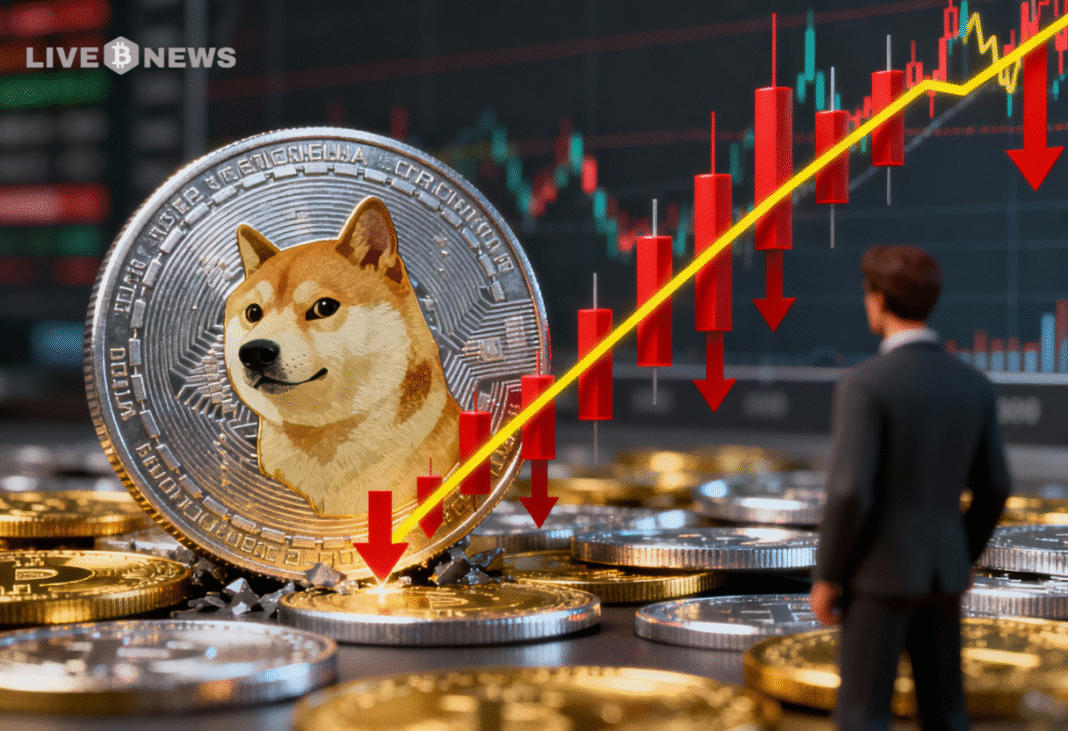US and UK Set to Seal Landmark Crypto Cooperation Deal
The United States and the United Kingdom are preparing to announce a new agreement on digital assets, with a focus on stablecoins, following high-level talks between senior officials and major industry players.
High-Level Meeting in London
On Tuesday, UK Chancellor Rachel Reeves met US Treasury Secretary Scott Bessent in London to discuss plans for closer cooperation in the cryptocurrency sector. Representatives from leading firms, including Coinbase, Circle, and Ripple, joined the talks, alongside banking institutions such as Citigroup, Bank of America, and Barclays.
According to sources familiar with the discussions, the agreement was finalized at short notice after crypto industry groups urged the UK government to prioritize blockchain and digital assets in upcoming trade negotiations with Washington.
Stablecoins at the Center
The proposed deal is expected to focus heavily on stablecoins, which British officials believe could improve UK companies’ access to some of the world’s most liquid markets. Participants in the talks reportedly agreed that stronger transatlantic cooperation would open significant opportunities across the digital asset landscape.
Chancellor Reeves had already highlighted the issue during a recent dinner with US Ambassador to London Warren Stephens, framing digital asset regulation as a central element in broader efforts to align capital markets. British officials expect the subject to feature prominently during discussions between Prime Minister Sir Keir Starmer and President Donald Trump during Trump’s upcoming state visit.
Concerns Over the UK’s Position
The move comes amid concerns that the UK risks falling behind the US in the race to establish clear crypto frameworks. George Osborne, former UK Chancellor and now a member of Coinbase’s global advisory council, recently cautioned that Britain has not kept pace.
Osbourne recently wrote,
A Broader Push for Policy Alignment
The push for UK-US crypto collaboration also ties into broader global discussions. Last year, US Securities and Exchange Commission (SEC) Commissioner Hester Peirce floated the idea of a joint “digital sandbox” between the two countries. Such an initiative would give regulators access to wider pools of data and create smoother pathways for firms seeking to operate in both markets.
Meanwhile, in Washington, industry executives have been pressing lawmakers to advance legislation for a strategic US bitcoin reserve. A roundtable hosted by Senator Cynthia Lummis and Representative Nick Begich on Tuesday included participants such as Strategy co-founder Michael Saylor, Fundstrat CEO Tom Lee, and Cardano founder Charles Hoskinson.
Vous aimerez peut-être aussi

PBOC sets USD/CNY reference rate at 7.0865 vs. 7.0901 previous

Dogecoin Price Prediction: Dogecoin Battles Key EMA Support Amid 5% Price Drop
